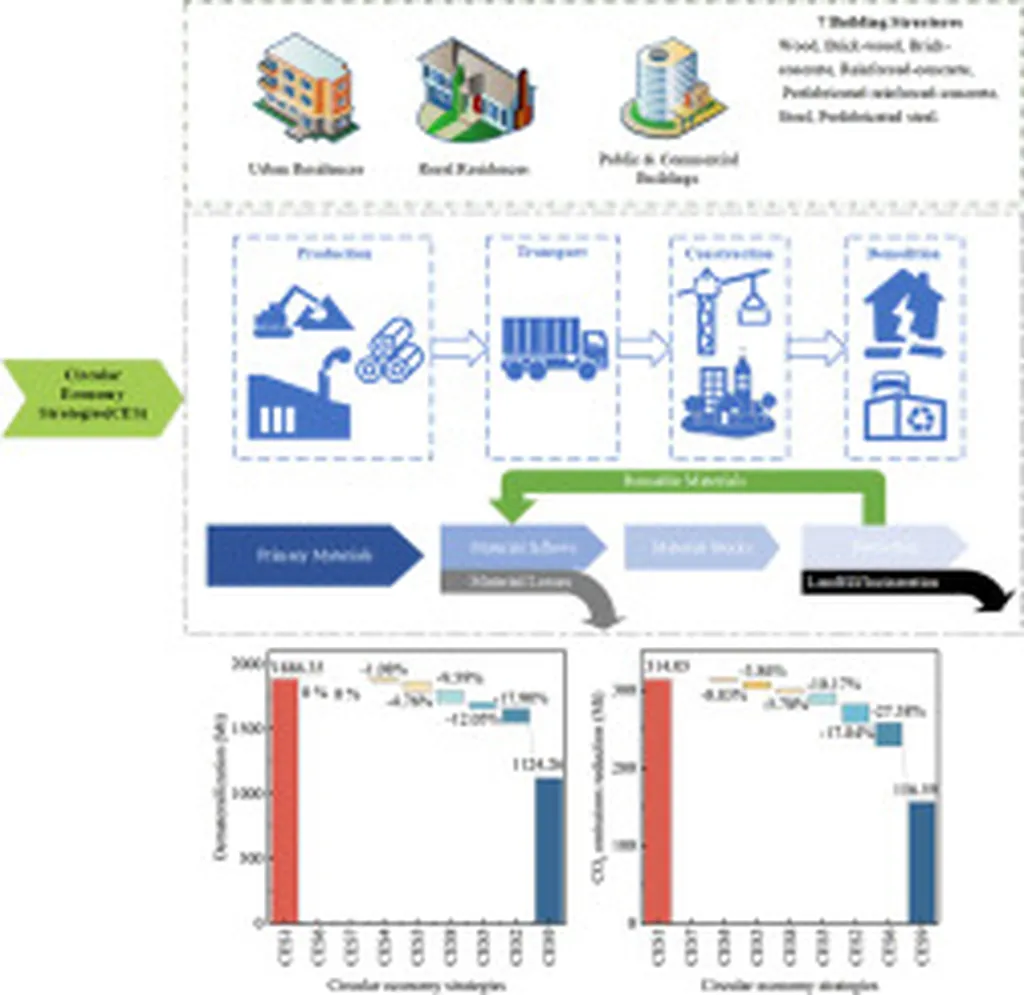In the heart of Beijing, a groundbreaking study is reshaping the way we think about low-carbon technologies in office buildings, offering a roadmap for the energy sector to significantly cut carbon emissions while boosting economic viability. Led by Hongjiang Liu from China Construction Technology Consulting Co., Ltd., this research, published in the journal *Buildings* (translated as “大楼” in English), presents a multidimensional evaluation framework that could revolutionize the way cities approach carbon neutrality.
The study, which analyzed 99 office buildings in Beijing, categorizes buildings into three types—low-rise, mid-rise, and high-rise—and evaluates 19 key low-carbon technologies across four critical dimensions: Carbon Reduction Degree, Economic Viability Degree, Technical Applicability Degree, and Carbon Intensity Degree. This comprehensive approach allows for a nuanced understanding of which technologies are most effective for different building types.
“Our goal was to create a systematic and regionally adaptive framework that could guide decision-makers in selecting the most effective low-carbon technologies for office buildings,” said Liu. The results are promising, with distinct priority patterns emerging for each building type. For low-rise buildings, roof-mounted photovoltaic (PV) systems, LED lighting, and thermal-break aluminum frames with low-E double-glazed laminated glass took center stage. Meanwhile, mid- and high-rise buildings showed a preference for integrated PV-LED-T8 lighting solutions and optimized building envelope structures.
The study also identified LED lighting, T8 high-efficiency fluorescent lamps, and rooftop PV systems as the top-recommended technologies for Beijing, highlighting their potential to drive significant carbon reductions. “These technologies not only enhance technological performance but also ensure economic viability and carbon reduction outcomes,” Liu explained.
The implications for the energy sector are profound. By providing a clear, data-driven framework for evaluating low-carbon technologies, this research can help cities like Beijing make informed decisions that balance environmental impact with economic considerations. This could accelerate the adoption of low-carbon technologies in office buildings, reducing energy consumption and carbon emissions on a massive scale.
Moreover, the study offers four policy recommendations to facilitate large-scale implementation, ensuring that the findings translate into real-world action. As cities worldwide grapple with the urgent need to reduce carbon emissions, this research provides a valuable blueprint for achieving carbon neutrality in the building sector.
The study’s holistic approach and replicable decision-support framework could shape future developments in the field, offering a model for other cities and countries to follow. By integrating technological performance, economic viability, and carbon reduction outcomes, this research paves the way for a more sustainable and energy-efficient future.
As the global push for carbon mitigation intensifies, studies like this one are crucial in guiding the energy sector towards innovative and effective solutions. With its comprehensive evaluation framework and actionable insights, this research is set to make a significant impact on the journey towards a low-carbon future.

